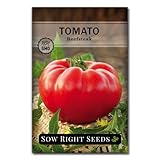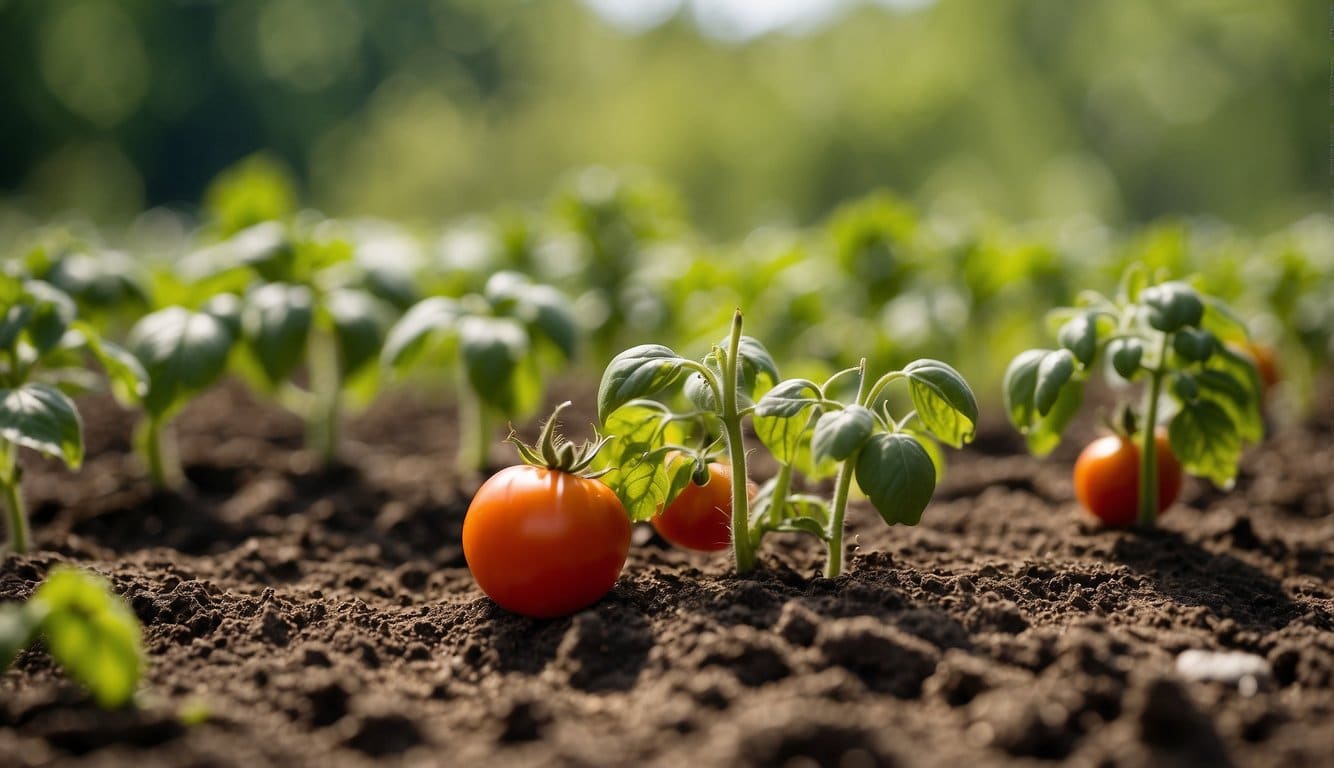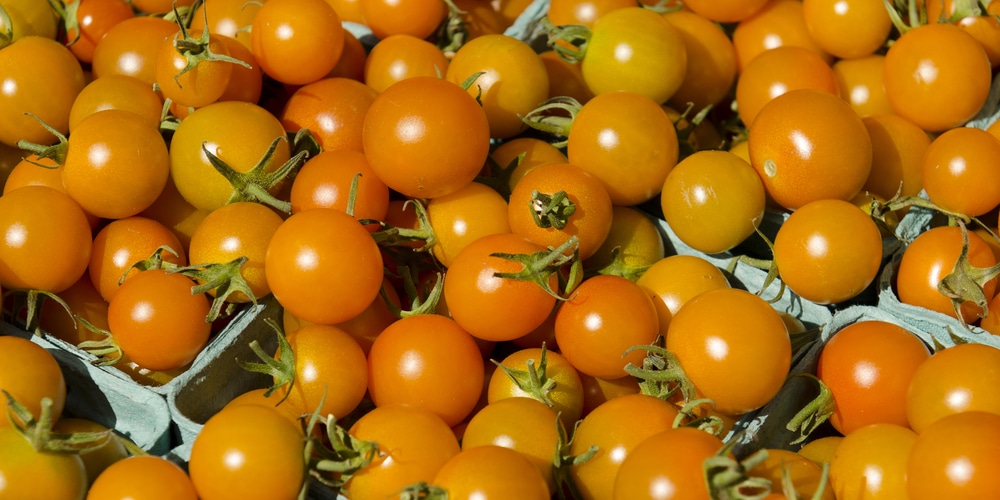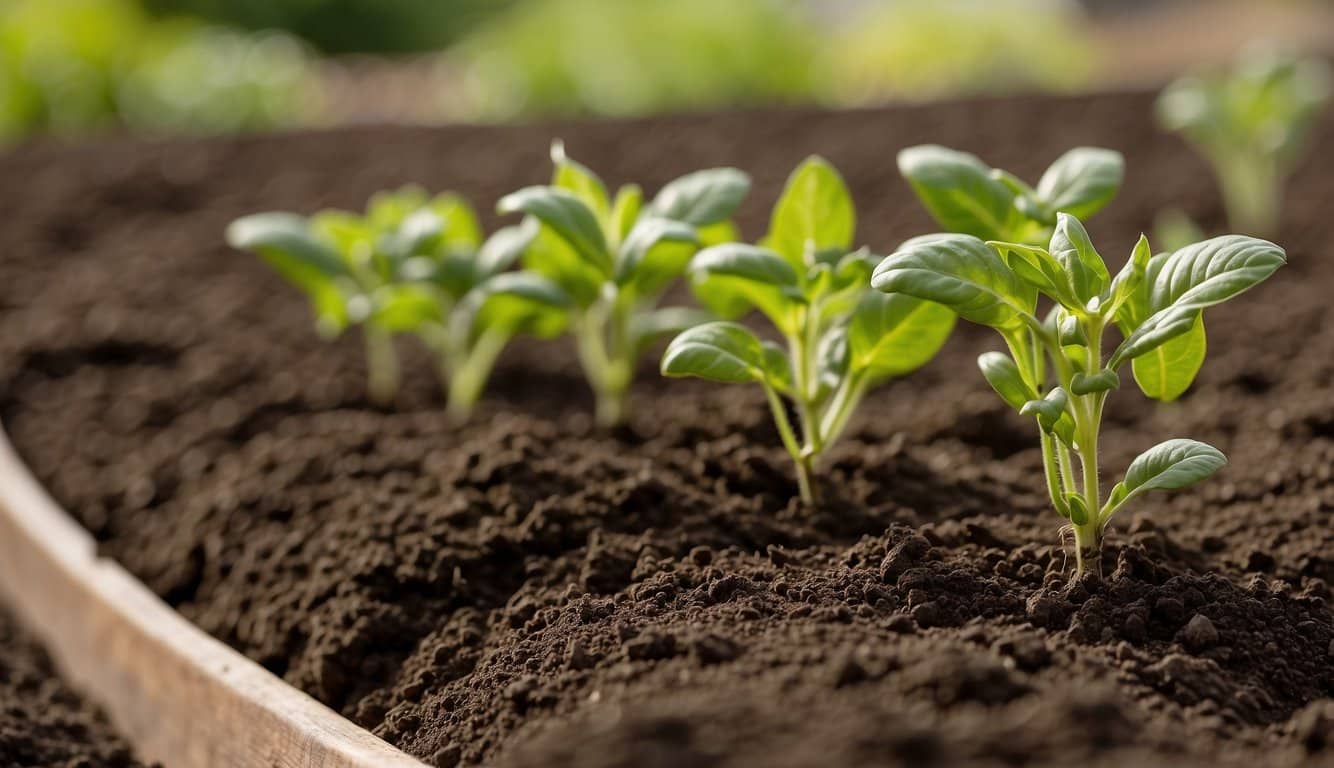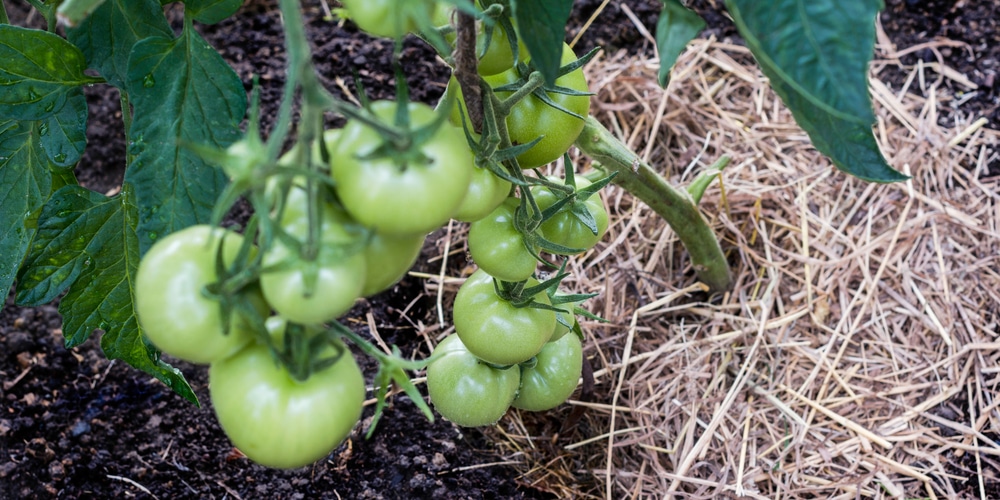| Question | What’s the best time of year to plant tomatoes in Michigan? |
|---|---|
| Answer | After the last frost, usually late May to early June. |
| More Info |
|
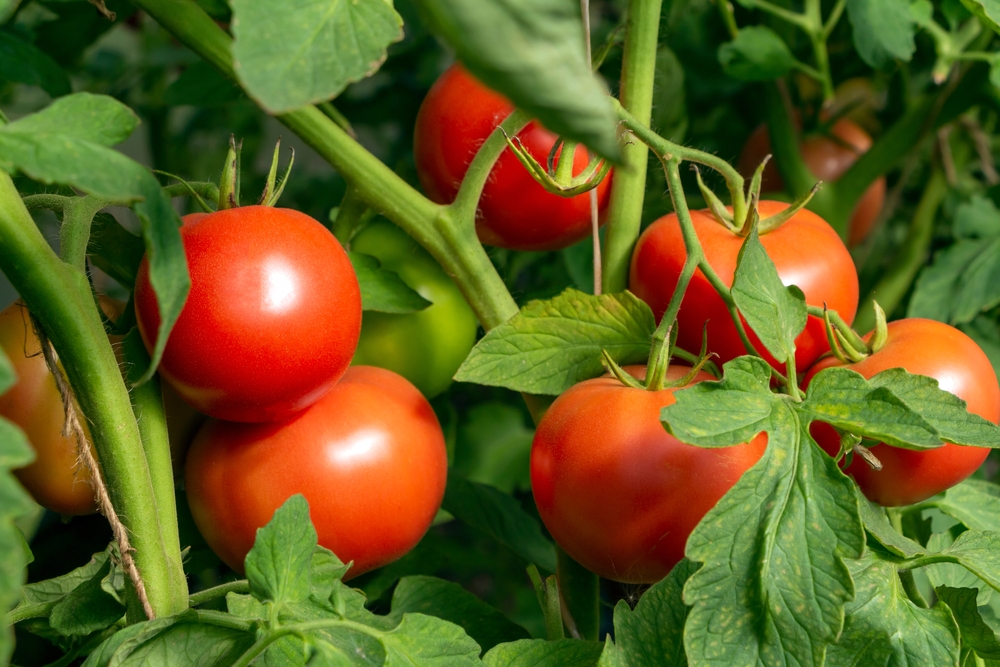 In Michigan, the appropriate time to plant tomatoes outdoors is after the danger of frost has passed, which typically occurs in late May to early June, depending on the specific region within the state. Given Michigan’s variable climate, starting tomato seeds indoors approximately 6-8 weeks before the planned outdoor planting date is a wise strategy.
In Michigan, the appropriate time to plant tomatoes outdoors is after the danger of frost has passed, which typically occurs in late May to early June, depending on the specific region within the state. Given Michigan’s variable climate, starting tomato seeds indoors approximately 6-8 weeks before the planned outdoor planting date is a wise strategy.
This method allows the seedlings to develop in a controlled environment before being exposed to the outdoor elements. Selecting tomato varieties that are suited to Michigan’s climate, particularly those that can mature within the state’s growing season, is crucial for achieving a successful harvest.
Michigan’s Climate Zones
Michigan has a wide range of climates, from the humid continental climate in the southeast to the cold, snowy climate in the Upper Peninsula.
Understanding the climate zones in Michigan is crucial for determining the best time to plant tomatoes.
The state experiences a humid continental climate, with warm summers and cold winters. This climate type is ideal for growing tomatoes, but timing is everything.
Tomatoes are warm-season plants that require a long growing season with plenty of heat and sunshine.
Michigan is divided into six climate zones, ranging from zone 3a in the Upper Peninsula to zone 6b in the southeast part of the state. The zones are determined by the average minimum temperature for the region.
It is important to know your zone to determine the best time to plant tomatoes.
The following table shows the six climate zones in Michigan and their corresponding average minimum temperatures:
| Climate Zone | Average Minimum Temperature |
|---|---|
| 3a | -40 to -35°F (-40 to -37°C) |
| 3b | -35 to -30°F (-37 to -34°C) |
| 4a | -30 to -25°F (-34 to -32°C) |
| 4b | -25 to -20°F (-32 to -29°C) |
| 5a | -20 to -15°F (-29 to -26°C) |
| 6b | 0 to 5°F (-18 to -15°C) |
Knowing your climate zone will help you determine the best time to plant tomatoes.
In general, tomatoes should be planted after the last frost date in your area.
The last frost date varies depending on your location in the state, so it is important to check with your local extension office or gardening center for specific dates.
In addition to knowing your climate zone and last frost date, it is important to consider the soil type in your area.
Tomatoes grow best in well-drained soil with a pH between 6.0 and 6.8. Adding organic matter to the soil can help improve drainage and fertility, which can lead to healthier plants and a better harvest.
Optimal Planting Times for Tomatoes in Michigan
When it comes to planting tomatoes in Michigan, there are a few factors to consider.
The optimal planting time for tomatoes in Michigan will depend on the climate and the frost dates in the area.
Here are the optimal planting times for tomatoes in Michigan:
Early Season Planting
Early season planting is the best option for gardeners who want to get a head start on the growing season.
In Michigan, early season planting can begin as early as April 16th. However, it is important to keep in mind that the weather can be unpredictable during this time of year and there is a risk of frost.
It is recommended to cover the plants with a frost blanket or other protective covering to prevent damage.
Main Season Planting
Main season planting is the most common time to plant tomatoes in Michigan.
The best time to plant tomatoes during the main season is between May 15th and June 1st. This is when the weather is warm enough to support growth and the risk of frost has passed.
Late Season Planting
Late season planting is an option for gardeners who want to extend their growing season.
In Michigan, late season planting can begin as late as August 1st. However, it is important to keep in mind that the growing season is shorter during this time of year and there is a risk of frost.
It is recommended to choose a variety of tomato that has a shorter growing season to ensure a successful harvest.
Preparing the Soil for Tomato Planting
Before planting tomatoes in Michigan, it is important to prepare the soil properly to ensure a healthy and bountiful harvest. Here are some tips to get started:
Test the Soil
The first step in preparing the soil is to test its pH level.
Tomatoes grow best in soil with a pH between 6.0 and 6.8. Michigan soils tend to be acidic, so it is important to add lime to raise the pH level if necessary.
A soil test will also help determine if any other nutrients are lacking.
Amend the Soil
Tomatoes require well-draining soil that is rich in organic matter.
To improve soil structure, mix in compost, aged manure, or other organic matter. This will also help retain moisture and nutrients.
Mulch the Soil
Mulching is important for retaining moisture, regulating soil temperature, and suppressing weeds.
Apply a layer of organic mulch, such as straw or leaves, around the base of the tomato plants.
Fertilize the Soil
Tomatoes are heavy feeders and require regular fertilization throughout the growing season.
Incorporate a balanced fertilizer, such as 10-10-10, into the soil before planting. Then, apply a side dressing of fertilizer every 3-4 weeks during the growing season.
Selecting Tomato Varieties for Michigan
When selecting tomato varieties for Michigan, it is important to consider the climate and growing conditions of the region.
Michigan has a wide range of climates, from the humid continental climate in the southeast to the cold, snowy climate in the Upper Peninsula.
Therefore, it is important to choose tomato varieties that are suitable for the specific region.
Here are some tomato varieties that are well-suited for growing in Michigan:
- Early Girl: This variety is known for its early maturity and is perfect for Michigan’s short growing season. It produces medium-sized fruits that are great for slicing and canning.
- Celebrity: This variety is resistant to many common tomato diseases and produces large, flavorful fruits. It is a good choice for Michigan’s humid climate.
- Cherry Tomatoes: Cherry tomatoes are a great option for Michigan gardeners who want a quick and easy crop. They are easy to grow and produce sweet, bite-sized fruits that are perfect for snacking.
- Roma: Roma tomatoes are a popular choice for making sauces and pastes. They are meaty and have few seeds, making them ideal for cooking.
- San Marzano: This variety is known for its rich, sweet flavor and is often used in Italian cuisine. It is a good choice for Michigan gardeners who want to grow tomatoes for canning or making sauces.
Protecting Tomatoes from Frost and Pests
When planting tomatoes in Michigan, it is essential to protect them from frost and pests.
Late spring frosts can be a concern for young tomato plants, so it is important to have a plan in place to protect them if a late frost is forecasted.
Covering the plants with cloths or plant blankets overnight or bringing potted plants indoors temporarily can help shield them from the cold.
In addition to frost, pests can also be a threat to tomato plants.
One of the most common pests in Michigan is the tomato hornworm, which can quickly defoliate a plant.
To prevent tomato hornworms, gardeners can use a combination of cultural and chemical controls.
Cultural controls include rotating crops, removing plant debris, and planting resistant varieties. Chemical controls include using insecticides specifically labeled for tomato hornworms.
Another common pest in Michigan is the whitefly, which can spread diseases and cause yellowing and wilting of leaves.
To prevent whiteflies, gardeners can use sticky traps, insecticidal soap, or neem oil.
It is important to follow the label instructions carefully when using any chemical controls.
Frequently Asked Questions
What is the ideal time to start tomato seeds indoors in Michigan?
The ideal time to start tomato seeds indoors in Michigan is six weeks before the last frost date. This will give the seedlings enough time to grow before they are transplanted outdoors.
When is the safe date to transplant tomato seedlings outdoors in Michigan?
The safe date to transplant tomato seedlings outdoors in Michigan is after the last frost date. This is typically around mid-May in the southern parts of the state and early June in the northern parts.
What are the recommended tomato varieties for Michigan’s climate?
There are several tomato varieties that are recommended for Michigan’s climate, including Early Girl, Celebrity, and Roma. These varieties are known for their hardiness and ability to withstand Michigan’s unpredictable weather.
How does Michigan’s growing zone affect tomato planting times?
Michigan’s growing zone affects tomato planting times by determining the average frost dates for each region. Gardeners should consult their local growing zone map to determine the appropriate planting times for their area.
What month is typically best for planting tomatoes in Michigan?
The month that is typically best for planting tomatoes in Michigan is May. This is when the weather is warm enough for the seedlings to thrive, but not so hot that they wilt.
How do I determine the last frost date for planting tomatoes in Michigan?
Gardeners can determine the last frost date for planting tomatoes in Michigan by consulting their local growing zone map or by contacting their local extension office.
They can also use online resources to find the average frost dates for their area.
Last update on 2024-07-26 / Affiliate links / Images from Amazon Product Advertising API
